NCBS Intern Report By: Kacey Aukema, Intern with UF IFAS Nature Coast Biological Station and Dr. Mark Clark in UF’s Soil and Water Science Department
Testing planting strategies for better living shorelines
I had the opportunity to work with Dr. Mark Clark this summer along with other interns, on the Joe Rains Beach living shoreline project in Cedar Key. The project is aimed at reestablishing marsh grasses on a recently restored public beach. The hope is that through this restoration project, local residents and other stakeholders have a physical example of what a restored living shoreline could look like. Through this envisioning space, the public can be more familiar with and be encouraged to utilize this resource to combat coastline erosion in the greater Cedar Key area.
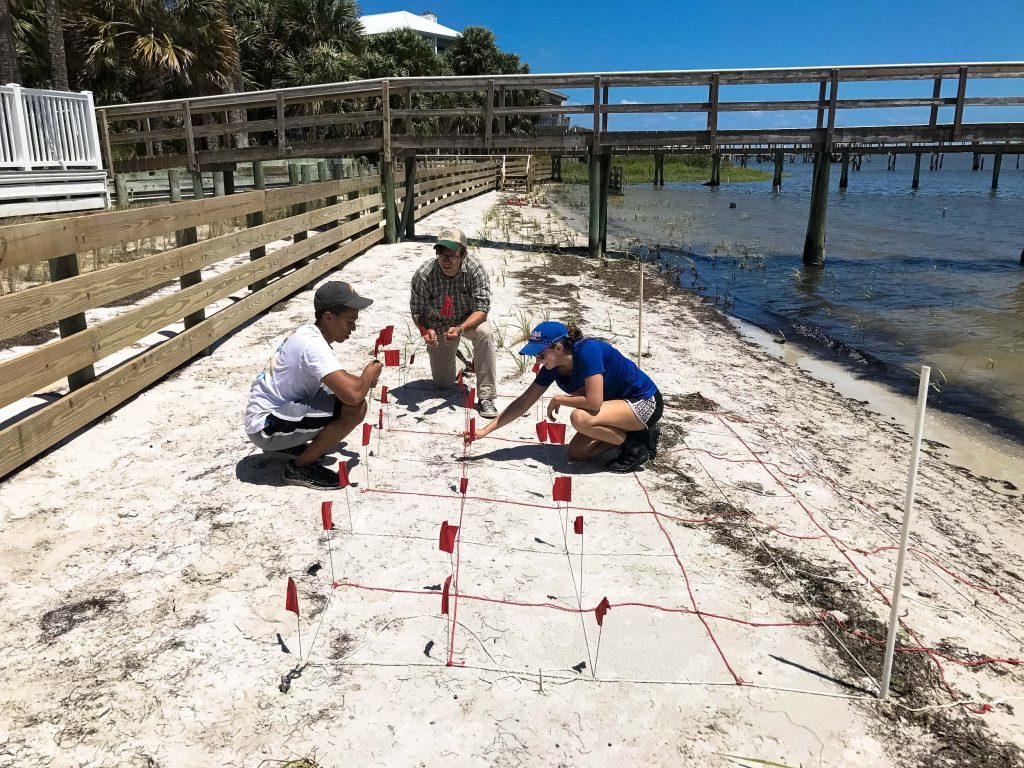 Above: Alec Cronin, myself and 2016 NCBS intern Julia Richter outline an experimental plot for establishment of Spartina alterniflora (smooth cordgrass).
Above: Alec Cronin, myself and 2016 NCBS intern Julia Richter outline an experimental plot for establishment of Spartina alterniflora (smooth cordgrass).
One of the aspects of the project that I was most involved was the establishment of experimental plots of two marsh grass species to answer the question: What are the best methods to plant S. alterniflora and S. patens? We planted four zones of upper marsh S. patens with varying conditions such as planting depth, different sources of the plants, and certain soil amendments. Similarly with the lower marsh species S. alterniflora, we established 9 smaller areas distributed along the beach and up and down tidal zones. In these experimental plots we varied planting depth, and plant source type as well.
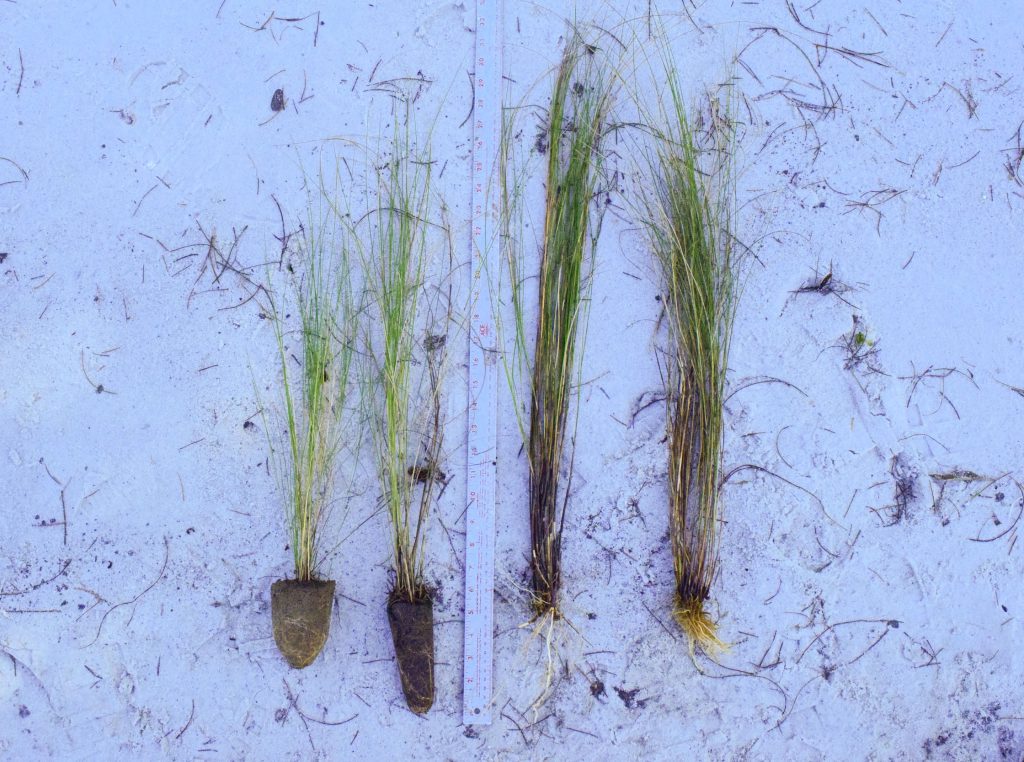 Above: The four source types of upper marsh species S. patens. Plants grown in 2” tubelings, 1.5” tubelings, direct transplants from a nearby naturally occurring stand, and plants propagated in a bare root environment.
Above: The four source types of upper marsh species S. patens. Plants grown in 2” tubelings, 1.5” tubelings, direct transplants from a nearby naturally occurring stand, and plants propagated in a bare root environment.
Planting experiment results and applications
After measuring the percent survival of the shoots on each individual plant in the four zones over the course of 12 weeks we found that the 2” tubelings had significantly higher percent live shoots than 1.5” tubelings, which also had significantly higher percent live shoots than the other plant sources at the 20cm depth.
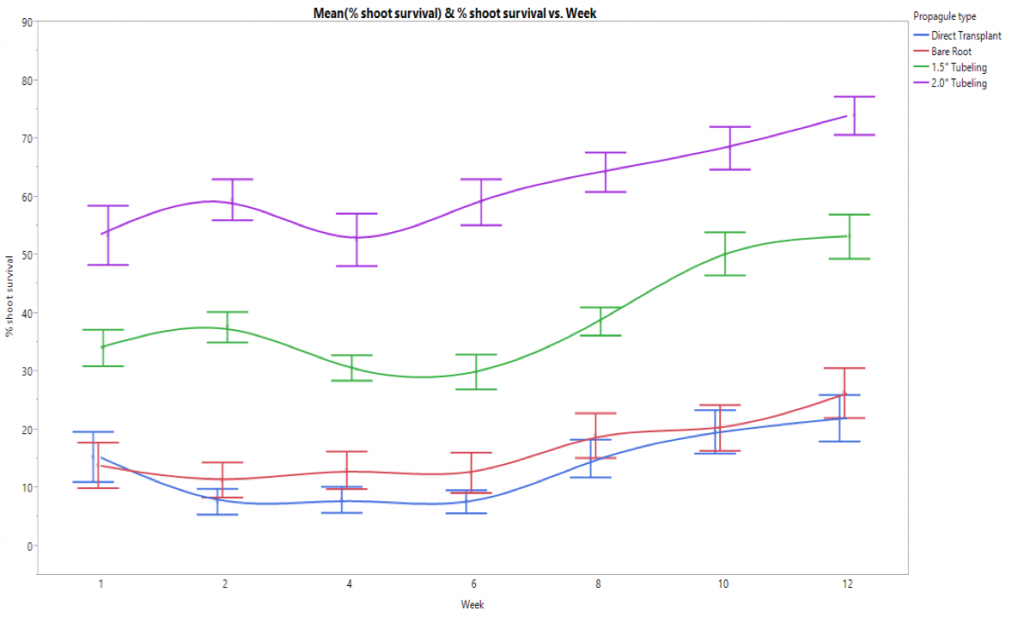
Figure: Effect of Plant Source Type on Percent Live Shoots
The opportunity to work on this project has helped me to gain experience and interest in research. I appreciated the exposure to methods of experimental design. The project is piece of a larger dialogue of stakeholders in the area to discuss methods to prevent and control coastline erosion in the area. I find this type of research applied to address certain needs of a community and the environment surrounding the community a rewarding endeavor.
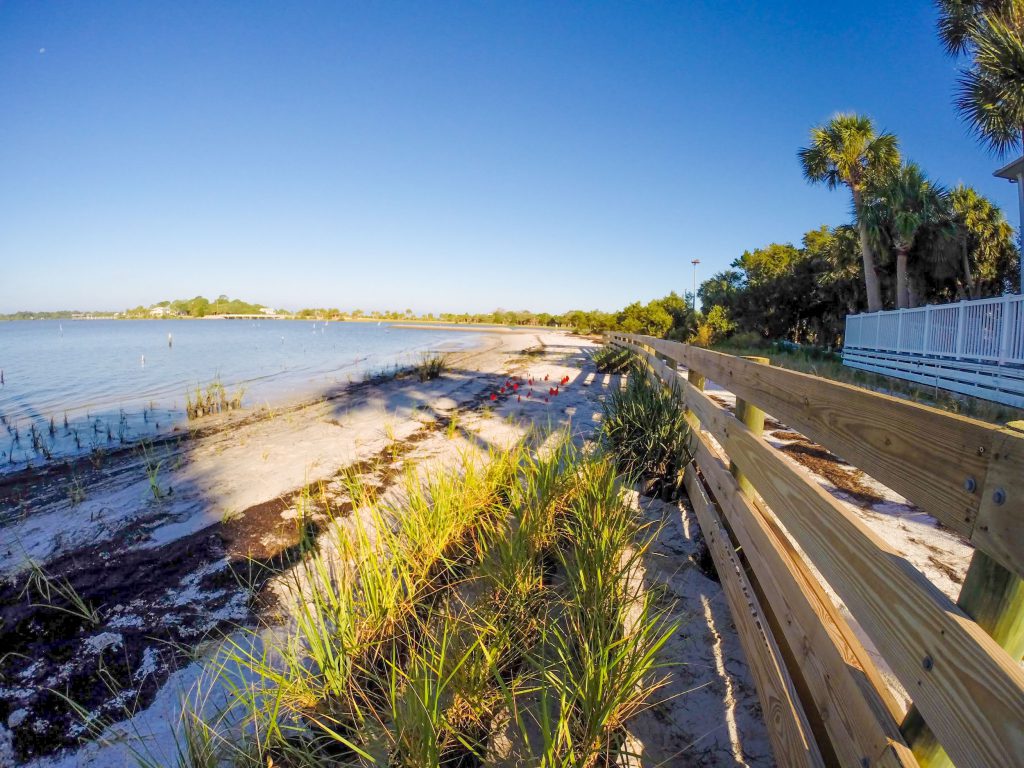
I also enjoyed the time to be able to appreciate some of the wonderful natural wonders that the Nature Coast has to offer. It furthered my understanding of how important the area is in context of the increasingly encroaching developments throughout other areas of the state. It is nice to see areas like this in a preserved state and with rare light pollution free skies.
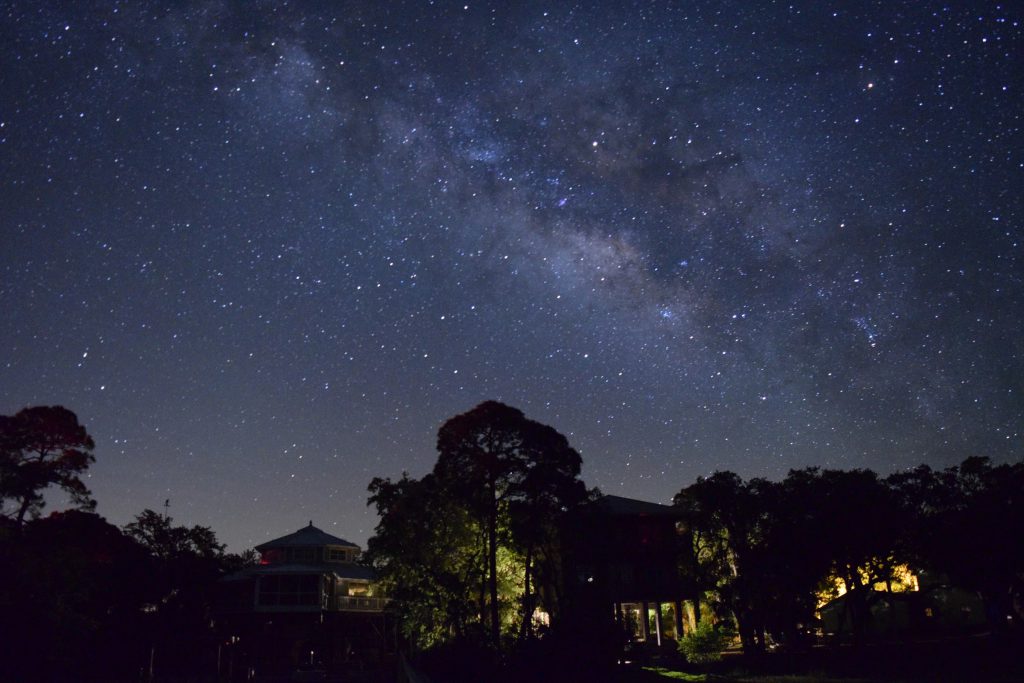
 0
0
